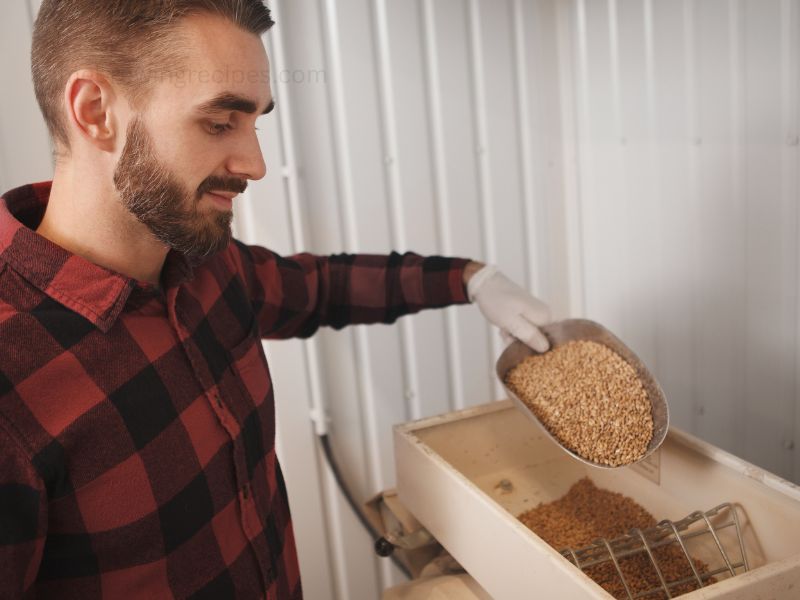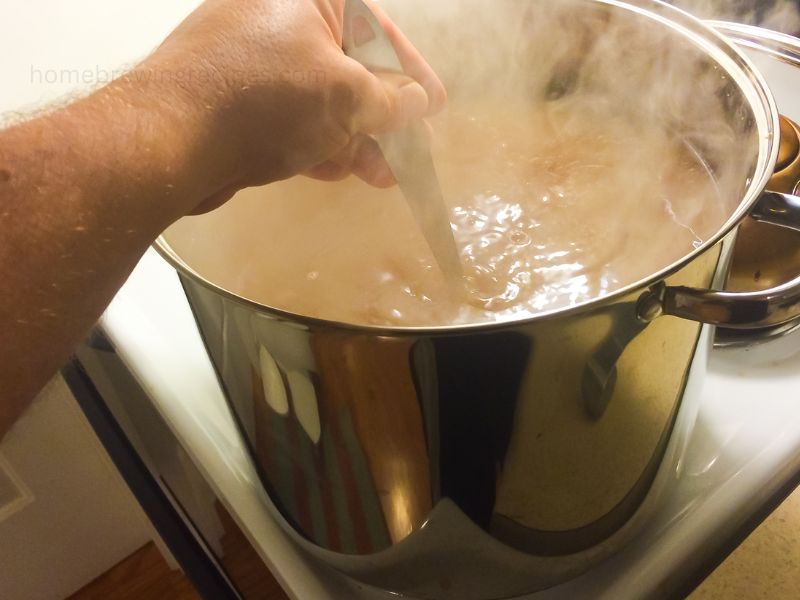Introduction
Beer is one of the most enjoyable beverages on Earth, and it’s easy to see why. It’s got a complex flavor profile that appeals to almost every palate, it comes in a wide variety of styles and flavors (with more being invented all the time), and it pairs well with practically everything—even food! But there are so many options for beer drinkers these days: how do you decide what’s best for you? The truth is that even if you’re not into brewing your own beer at home, knowing that other people do can help give you an idea of what kind of beers are out there and how they’re made. So here we go: five reasons why homebrewing might be right for you!
You’ll save money.
The average price of a beer in the US is around $6.50, according to data from the Beer Institute. That’s about $1 more than it was two years ago, and it’s significantly more than what you’d pay for a bottle of wine or spirit.
If you’re like me and enjoy drinking beer but don’t want to spend all your money on alcohol, then brewing your own is an easy way to save some cash. The average cost per batch (or brew) is about $40-$50 depending on what kind of ingredients you use and how much equipment you buy upfront–but once those initial costs are out of the way, each subsequent batch will only cost about half as much as buying pre-made beer at stores or bars would cost over time!
You can tailor your beer to taste the way you want it to.
One of the great things about brewing your own beer is that you can customize it to taste exactly how you want it.
The first step in this process is choosing the right ingredients and equipment. For example, if you like sweet beers with notes of fruit or spice, then go ahead and use those ingredients! Or maybe spicy hops are more your thing–you can certainly use those too! If none of these options appeal to you, there are plenty more yeasts and hops out there waiting for someone like yourself who wants something different from what’s already available commercially (or even locally). In short: just because a particular style has been around since 1890 doesn’t mean there aren’t ways for homebrewers today to make their own unique spin on these classic beverages.
There are more styles than ever before.
There are more styles than ever before. There are so many to choose from, in fact, that you could brew a different style every week for a year without repeating yourself. Each style has its own unique characteristics and flavors–and the more you brew, the more styles you’ll want to try! Luckily for us home brewers (and our livers), we don’t have to limit ourselves by sticking with just one beer at a time. We can experiment with all kinds of recipes and ingredients until we find something we love enough to drink every day (or night).

You can make a lot of different styles of beer if you’re into that sort of thing.
While you’ll be brewing a classic, American-style pale ale, the options are nearly endless. If you’re into making different beer styles and want to experiment with ingredients and yeasts, this is your chance! The same goes for hops–you can choose from dozens of varieties that will give your brew its own unique flavor profile. And don’t forget about grains: malts provide color and flavor; some types will add body while others add sweetness or dryness.
You may even want to try switching up the type of fermentation process (fermentation is what turns sugar into alcohol). For example, one common method is called “top-fermenting,” which means that yeast floats on top rather than sinking down into the solution; another technique involves adding fruit during fermentation so it adds flavor as well.
It’s not that hard, once you get going.
Brewing beer is not that hard. It may seem like it at first, but it’s pretty simple and straightforward once you get going.
The first thing that you need to do is decide what type of beer you want to brew–lager or ale? Lagers are fermented at cooler temperatures than ales and have less hop character. Ales are fermented at warmer temperatures and have more hop character. If this sounds confusing, don’t worry: we’ll get into it later!
Once that’s settled, here’s a list of things that are required for any good brew session:
- A large kettle with an attached lid (to boil your wort)
- Something called a “fermenter,” which holds all the fermenting beer after it’s been boiled
Brewing beer at home is an enjoyable hobby that you can share with others, and it doesn’t have to take over your life.
Brewing beer at home is an enjoyable hobby that you can share with others, and it doesn’t have to take over your life. You will be able to make a wide range of beers that taste exactly the way you want them to–and if they don’t turn out right, you can try again!
You may also find that brewing has become a part of your regular routine as well. Once you get going on making beer, it won’t feel like work at all; instead, it’ll be something fun and rewarding that brings people together in good times (and bad).
Conclusion
Brewing beer at home is an enjoyable hobby that you can share with others, and it doesn’t have to take over your life. You can brew a few gallons every couple of months, or you can brew several batches each week if that’s what you want. It’s up to you!
© 2023 homebrewingrecipes.com. All rights reserved. No part of this document may be reproduced or transmitted in any form or by any means, electronic, mechanical, photocopying, recording, or otherwise, without prior written permission of homebrewingrecipes.com.

